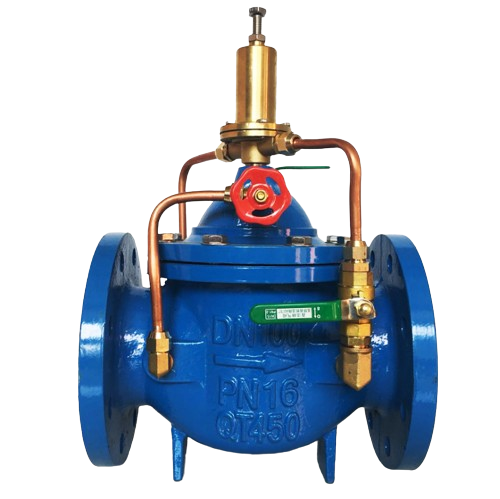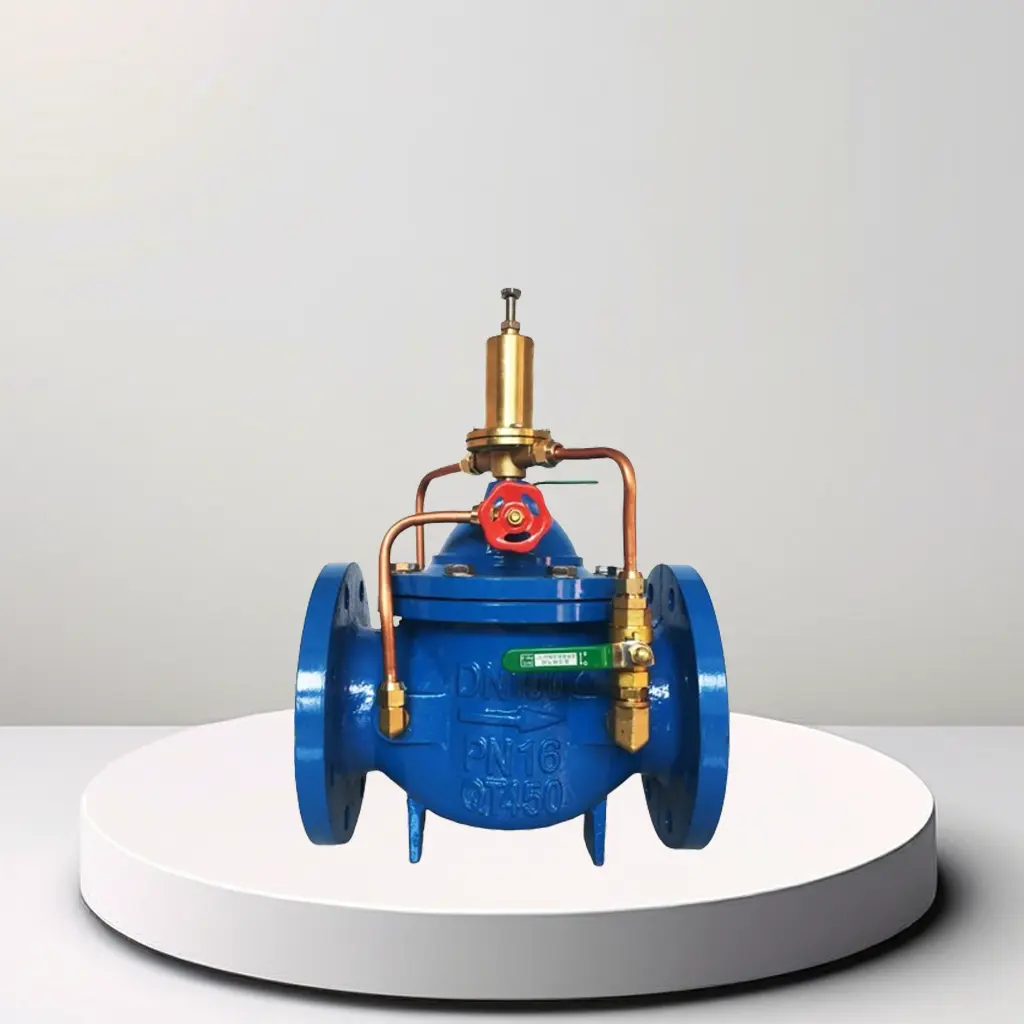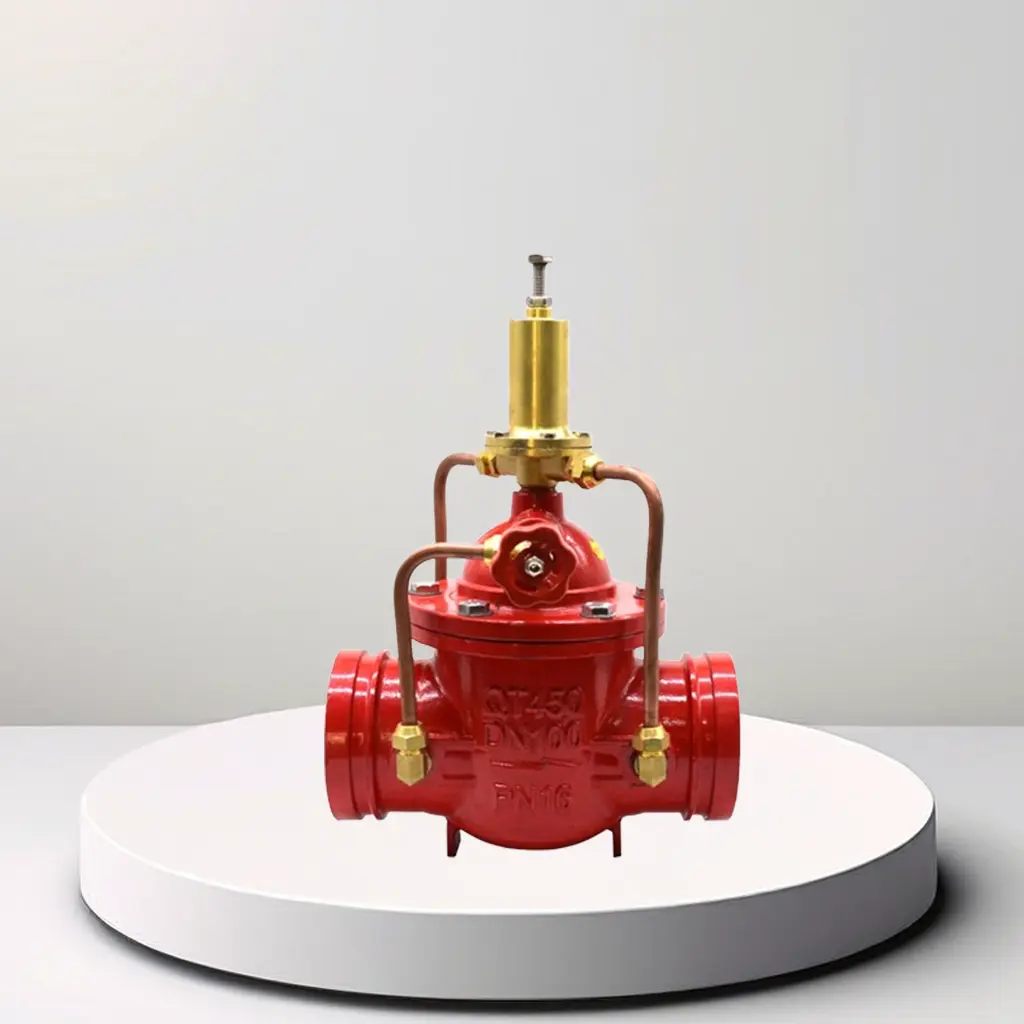Product Description
Overview
A pressure relief valve (PRV) is a type of safety valve used to control or limit the pressure in a system or vessel by releasing excess pressure when it exceeds a predetermined setpoint. It is essential for protecting equipment and ensuring safe operation in various industrial applications.
Design and Components
1. Body: The main housing of the valve, typically made from materials such as stainless steel, brass, or other alloys, designed to withstand the operating pressures and environmental conditions.
2. Inlet and Outlet Ports: The inlet port connects to the system where pressure needs to be relieved, and the outlet port allows for the safe discharge of excess pressure.
3. Spring: A calibrated spring that applies a force to the valve seat, keeping the valve closed until the set pressure is reached.
4. Valve Seat: The surface against which the valve disc seals to prevent flow under normal conditions.
5. Valve Disc or Poppet: A movable part that lifts off the seat when the pressure exceeds the setpoint, allowing fluid to flow through the valve.
6. Adjusting Screw: Used to set the desired pressure at which the valve will open.
7. Bonnet: The cover for the spring chamber, protecting the spring and internal components.
Working Principle
The pressure relief valve operates based on a simple mechanical principle:
1. Normal Operation: Under normal operating conditions, the pressure in the system is below the setpoint, and the spring force keeps the valve disc tightly seated, preventing any flow through the valve.
2. Pressure Increase: As the pressure in the system increases and approaches the setpoint, it exerts force on the valve disc.
3. Pressure Relief: When the pressure exceeds the setpoint, the force overcomes the spring tension, causing the valve disc to lift off the seat and allow fluid to flow through the valve to the outlet, thereby relieving the excess pressure.
4. Reseating: Once the pressure drops below the setpoint, the spring force pushes the disc back onto the seat, closing the valve and stopping the flow.
Advantages
1. Safety: Provides protection against overpressure conditions, preventing equipment damage and ensuring safe operation.
2. Automatic Operation: Functions automatically without the need for external power or manual intervention.
3. Reliability: Designed for long-term reliability with minimal maintenance.
4. Versatility: Suitable for a wide range of applications and can handle various fluids, including gases, liquids, and steam.
5. Adjustability: The set pressure can be easily adjusted to meet specific system requirements.
Applications
- Oil and Gas: Protects pipelines, tanks, and processing equipment from overpressure conditions.
- Chemical Processing: Ensures safe operation in chemical reactors, storage tanks, and transport systems.
- Power Generation: Used in boilers, steam systems, and other high-pressure applications to prevent overpressure.
- Water Treatment: Protects pumps, filters, and pipelines in water distribution and wastewater treatment systems.
- HVAC Systems: Ensures safe operation of heating, ventilation, and air conditioning systems.
Maintenance
Regular maintenance of pressure relief valves is crucial to ensure their proper functioning:
- Inspection: Regular visual inspections to check for signs of wear, corrosion, or damage.
- Testing: Periodic testing to verify the valve opens at the correct set pressure and reseats properly.
- Cleaning: Removing any debris or buildup that could impair valve operation.
- Calibration: Adjusting the set pressure as needed to maintain accurate operation.
In summary, pressure relief valves are critical safety devices that protect systems from overpressure conditions by automatically releasing excess pressure. Their reliable and automatic operation, combined with ease of maintenance and adjustability, makes them essential in various industrial and commercial applications.


